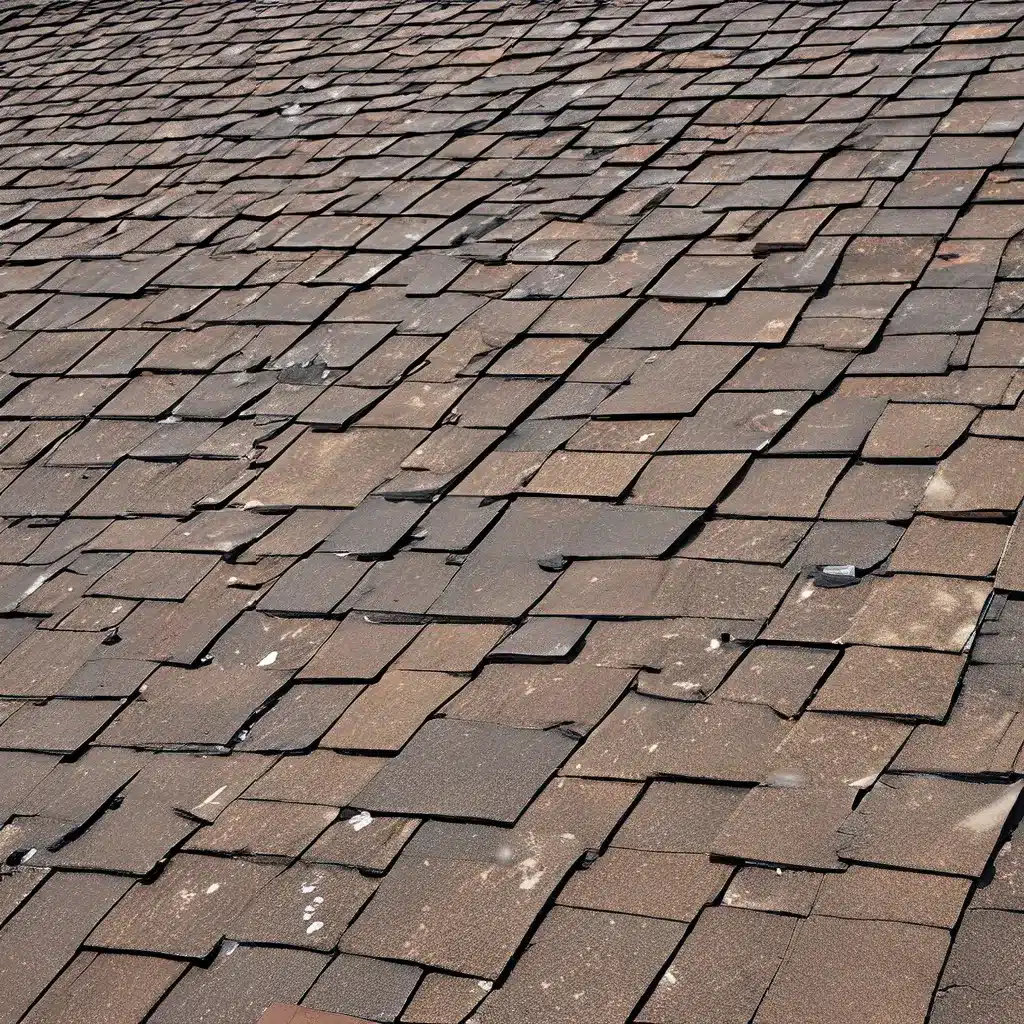
As a homeowner, the thought of our unpredictable climate can be a bit daunting. Hurricanes, heatwaves, ice storms – the list goes on. But you know what? I’m here to tell you that there are steps we can take to make our homes more resilient and ready to face whatever Mother Nature throws our way.
Weatherizing Your Home: The Key to Comfort and Safety
Let’s start with the basics – weatherization. I know, it may not sound like the most exciting home improvement project, but trust me, it’s a game-changer. By insulating and air-sealing our homes, we can not only reduce our energy bills but also create a more comfortable and safer living environment.
Think about it – a well-weatherized home can better withstand the elements, whether it’s keeping the warm air in during a frigid winter or preventing moisture from seeping in during a heavy rainstorm. And let’s not forget about that all-important “hat” for our homes – the attic. Properly insulating and air-sealing the attic can extend the life of our roofs and improve the overall efficiency of our heating and cooling systems.
Upgrading Our Heating and Cooling Systems
Speaking of heating and cooling, let’s talk about upgrading our systems to make them more resilient. I know, it’s not the most glamorous task, but it’s a crucial one. Imagine having your furnace or water heater conk out in the middle of a blizzard – not a fun scenario, right?
That’s why I recommend considering heat pumps as an alternative to traditional fossil fuel-based systems. These nifty little devices can provide both heating and cooling, and they’re powered by electricity, which means no more worrying about running out of oil or gas during an emergency. Plus, they’re energy-efficient and can even help reduce your carbon footprint.
And if you’re really feeling adventurous, you could even look into tankless water heaters or combi boilers. These space-saving options can be installed higher up in your home, helping to protect them from potential floods or water damage.
Harnessing the Power of the Sun
Alright, let’s talk about something a little more exciting – solar power! I know, it might sound like a big investment, but trust me, it’s worth considering, especially when it comes to improving the resilience of your home.
Think about it – with solar panels and a home battery backup system, you can generate your own electricity and keep the lights on even when the grid goes down. Imagine being the only house on the block with power during a blackout – you’d be the neighborhood hero!
And the best part? As electric vehicles become more mainstream, you might even be able to use your home’s battery to power up your car in an emergency. Talk about a game-changer!
Protecting Your Most Vulnerable Areas
Now, let’s talk about the areas of your home that are most vulnerable to extreme weather – the basement and the electrical panel. These are the areas that can really take a beating during a flood or a severe storm, and it’s important to take steps to protect them.
For the basement, it’s all about air-sealing and insulation. Closing up any cracks or holes can help prevent floodwaters from seeping in, and proper insulation can protect your pipes from freezing during a winter storm. And if you have any heating or cooling equipment down there, you might want to consider moving it to higher ground, just to be on the safe side.
As for the electrical panel, it’s a good idea to have it relocated to a less flood-prone area of your home. This not only protects it from water damage but also gives you the opportunity to upgrade the panel, which can pave the way for future energy-efficient upgrades like electric vehicle charging stations or a whole-home battery system.
The Importance of Ongoing Maintenance
Alright, so we’ve covered a lot of ground when it comes to making our homes more resilient, but I can’t stress enough the importance of ongoing maintenance. It’s not enough to just make these improvements and then forget about them.
Regular roof inspections, gutter cleanings, and tree trimming can go a long way in protecting your home from the effects of severe weather. And let’s not forget about those pesky cracks and gaps – keeping an eye on them and addressing them as they arise can make a big difference in the long run.
Plus, as technology continues to evolve, there may be even more opportunities to upgrade and enhance the resilience of our homes. Who knows, maybe one day we’ll be able to power our homes with solar-charged electric vehicles or maybe home batteries will become even more advanced and affordable.
The point is, being a responsible homeowner is an ongoing journey, but it’s one that’s so important, especially in the face of our changing climate. So let’s embrace the challenge, roll up our sleeves, and make our homes as resilient as possible. After all, our homes are our castles, and they deserve to be protected.